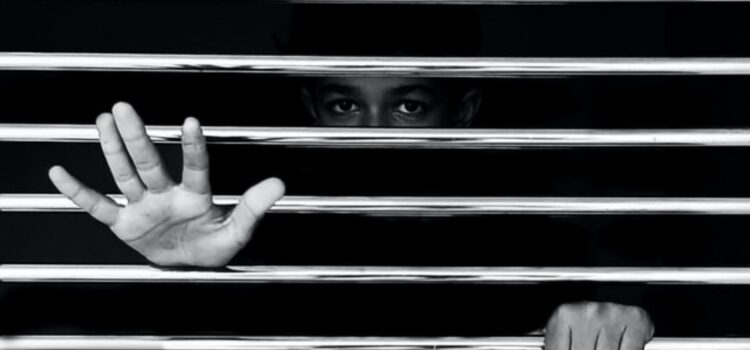

This article is an excerpt from the Shortform book guide to "So You've Been Publicly Shamed" by Jon Ronson. Shortform has the world's best summaries and analyses of books you should be reading.
Like this article? Sign up for a free trial here .
What was the aim of the Zimbardo experiment? What was the reason the experiment was terminated earlier than its scheduled completion date?
In 1971, psychologist Philip Zimbardo conducted a study to show that environmental factors (as opposed to dispositional characteristics) predispose people to act with violence towards others. Initially, the Zimbardo experiment was intended to run for two weeks but it was terminated after less than a week.
Keep reading to learn why the Zimbardo experiment was terminated ahead of time.
Stanford Prison Experiment: Zimbardo’s Controversial Study
In 1971, psychologist Philip Zimbardo tried to prove the existence of crowd theory, also called deindividuation, which is a version of group madness. He turned a Stanford basement into a mock prison and recruited participants for an experiment. Nine would be guards, nine would be prisoners, and six would be on call. He acted as the superintendent.
Zimbardo terminated the experiment after less than a week because the guards became too sadistic and treated the prisoners like animals. One guard, Dave Eshelman, screamed at the prisoners to “fuck the floor” and humiliated them by making them pretend to be in love with Mrs. Frankenstein. Zimbardo appeared to have proven that when people are put into an evil place (the basement included small cells, solitary confinement, and the prisoners wore chains) and surrounded by evil influences (himself and the other guards), they act in evil ways.
In fact, this wasn’t the case. Dave Eshelman was the only guard who appeared to suffer from madness, group madness or otherwise. When speaking to Ronson, Eshelman admitted that he’d been faking his loss of control because the experiment was going nowhere in the early days and Eshelman was concerned that Zimbardo wasn’t going to get good results. He acted evil—channeling the sadistic prison warden in Cool Hand Luke—to get the experiment started.
The fact that Eshelman was acting doesn’t invalidate what happened—Eshelman chose to act in the way that he did for some psychological reason, and the prisoners still experienced brutality regardless of its sincerity. However, the fact that Eshelman was motivated by wanting to help Zimbardo is the opposite of group madness—Eshelman wasn’t corrupted by an environment; he was trying to do “something good.”
Additionally, there’s a lot of research that suggests that participants in studies are motivated to do whatever they think the researchers want. Psychologist Peter Gray notes that in the Stanford prison experiment, since Zimbardo acted as the superintendent and was present for the experiment, the participants would have felt even more pressure to do what they thought he wanted.

———End of Preview———
Like what you just read? Read the rest of the world's best book summary and analysis of Jon Ronson's "So You've Been Publicly Shamed" at Shortform .
Here's what you'll find in our full So You've Been Publicly Shamed summary :
- How public shaming can ruin people's lives
- Why public shaming isn't just a way to get corporations to do the "right thing"
- 6 strategies you can use if you're a victim of public shaming






